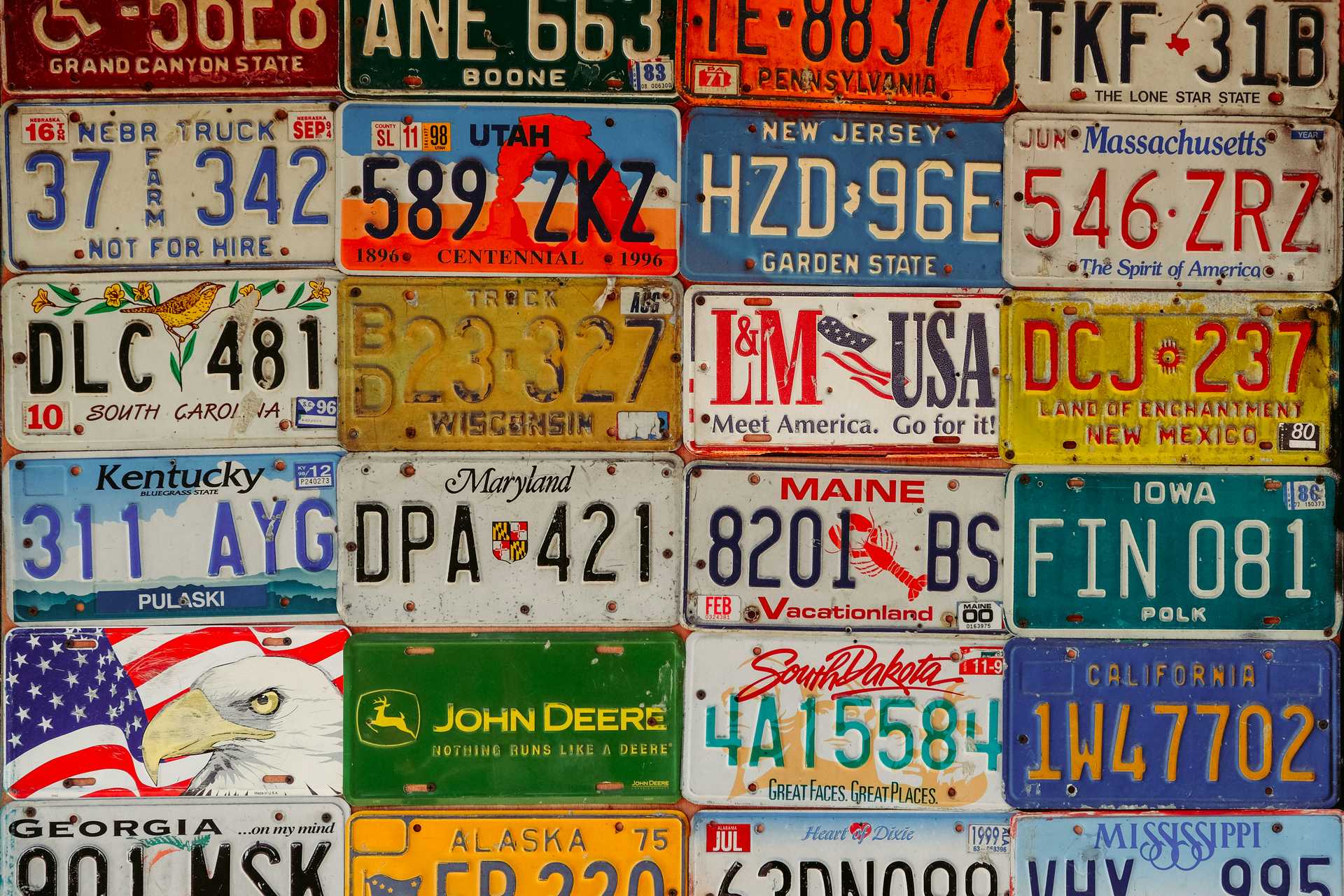If you're living in Spain, you'll know how important it is to have a way to travel and explore this beautiful country. And getting a car is one of the best ways to do that!
If you're reading this article, you're probably interested in importing a car. There are two ways to do this: you can either use a gestor who will handle everything for you, or you can do it yourself. We've opted for the latter, and we're here to help you follow along and do it too!
This process mostly applies to European cars, and it's pretty much the same for every European car.
The first and most important thing you need is an NIE. If you don't have one, don't worry, we've got you covered! Check out this article about getting one: https://jvar.nl/2023/obtaining-your-nie/. You'll also need an empadronamiento (town hall registration).
The first thing you'll need for the country of origin is the proof of export. You can get this from the government body holding all the car registrations. In the Netherlands, for example, this is the RDW. When the export is completed, they will remove your license plate. In this case, you'll also need a temporary license plate to drive to Spain. You'll require insurance on this temporary export license plate. Alternatively, you can drive to Spain on your regular plates and receive the proof of export at a later time if you don't have a more permanent place to stay yet.
When you come to Spain with a temporary license plate, you can request another temporary license plate in Spain. For this, you need all the documents you have, and you should go to the DGT to request green plates. You can use these until you have your permanent Spanish ones.
After obtaining the proof of export and the empadronamiento, you're ready to go to the ITV. First, you'll need to make an appointment. They'll need your NIE, Empadronamiento, Proof of export, and your driver's license. Here, they'll make up a document that you'll need later on. After a couple of days, they'll call you to make an appointment for the inspection.
The ITV inspection is a roadworthiness inspection. If you want, you can go to a local car dealer for an inspection to be extra sure. When you go to the inspection, take the form that you've received and go to the ITV station. Here, you'll first have to go into the office to pay (only card payments are accepted), and then the inspection itself will commence. Just follow the given instructions, and everything will be fine.
If during the inspection, things seem wrong, they'll give you the possibility to fix them and return. If this happens, you'll have to pay again, but with a discount, and they'll only check the parts that were replaced from the last inspection.
After this, you'll get the ITV papers after about a week. You can just go and pick them up; no need to wait for a call.
The next part is the IVTM (Impuestos de Vehículos de Tracción Mecánica), which is the road tax. This is payable at the Town Hall. All you need is the document from the ITV, and they'll do the rest for you. Keep in mind that the highest price for a full year is 128 euros. But yours will most likely be way less, as a Ford Fiesta 2018 is only 24 euros for a full year. After they've calculated it, you can also pay directly, and you're done with it for the upcoming time.
The next step is the Tax/Customs Office. If everything is still done in the first month, then you'll have to fill out Modelo 06, and in this case, the import tax will be free. If it's been longer than one month after you've registered, you'll have to fill in Modelo 576. In this case, more details about the car are required, such as the CO2 production. If the CO2 production is less than 120g/km, your import tax will still be free. Otherwise, you'll need to calculate this. Don't worry; you can find more information about this on the AEAT website. It's quite clear, luckily!
The last step is the DGT. During this step, you must have the export document with you because this is when they'll assign you a new Spanish license plate. When going here, you'll have to take your ITV documents, your NIE, original car papers, export documents, and your passport. You'll also have to pay a fee of about 100 euros. After this, they'll give you a new circulation permit, with which you can let your license plate be made. You can go to almost any "taller" to have this done. Although, at Norauto, they can do it in about 15 minutes.
The absolute last step, of course, is getting insurance for your car and mounting your license plates. After both of these, you can drive around in your car, having created a Spanish license plate by yourself!
After all this bureaucracy, you deserve a nice refreshing drink, and you can be proud of yourself for having done all this by yourself!
Off to the next challenge, and Hasta luego!

